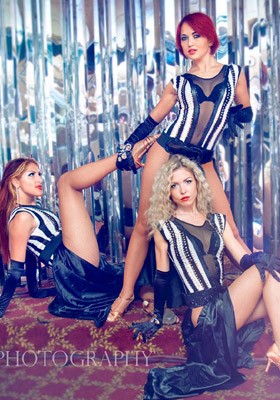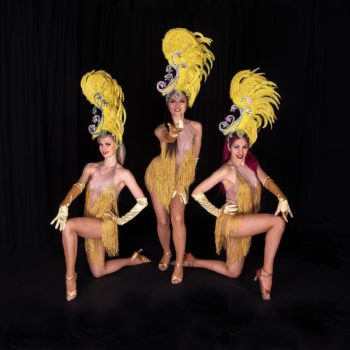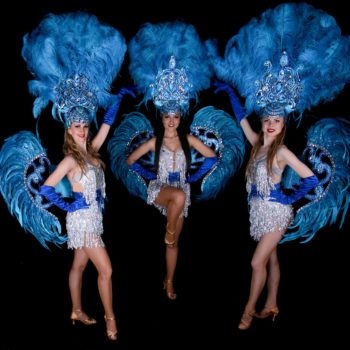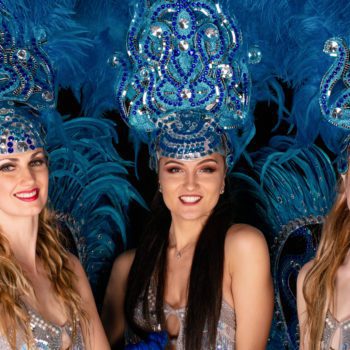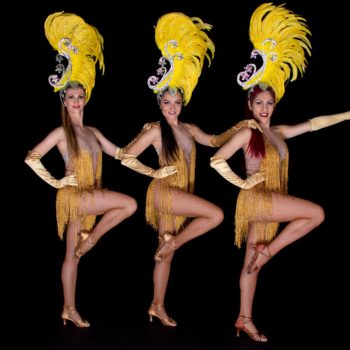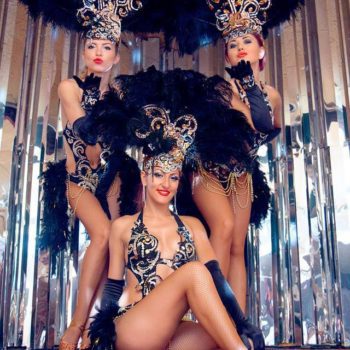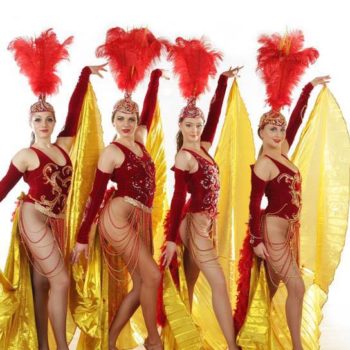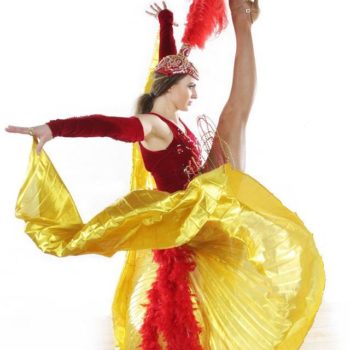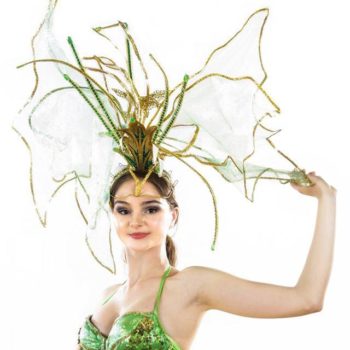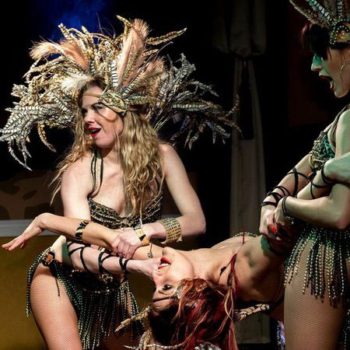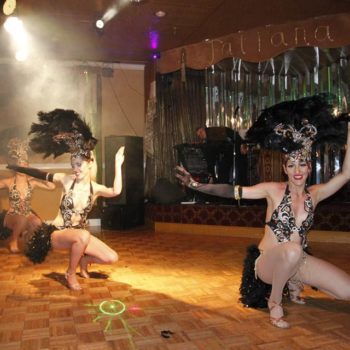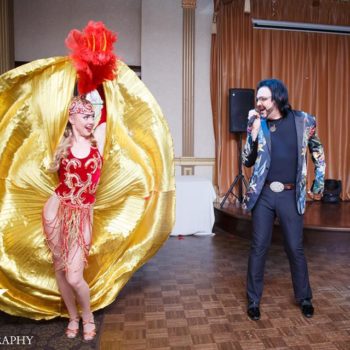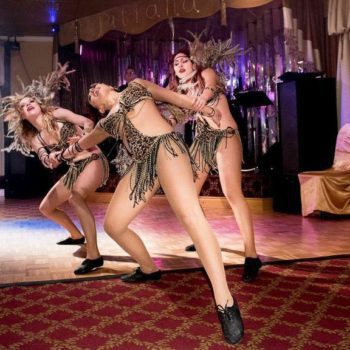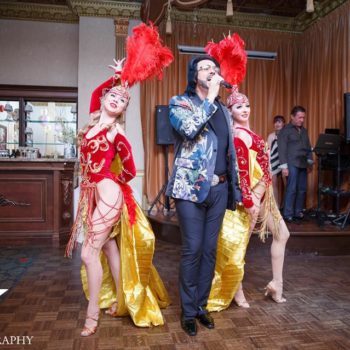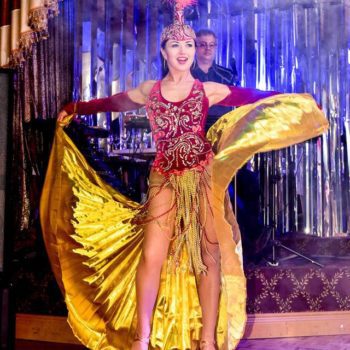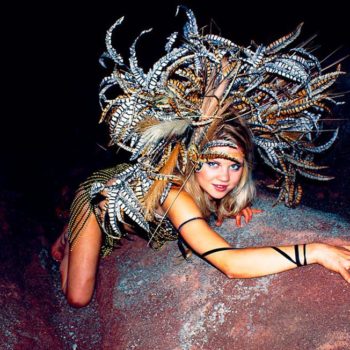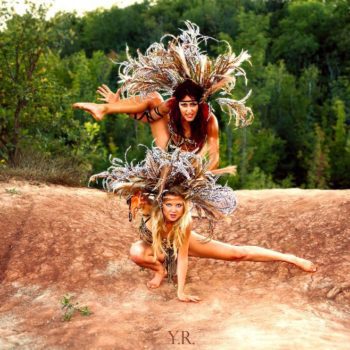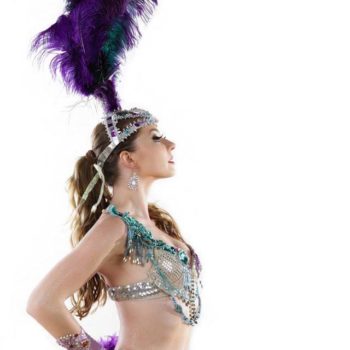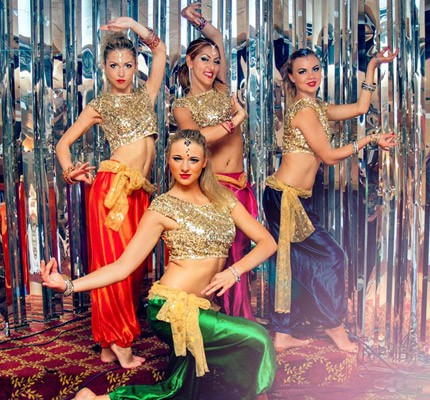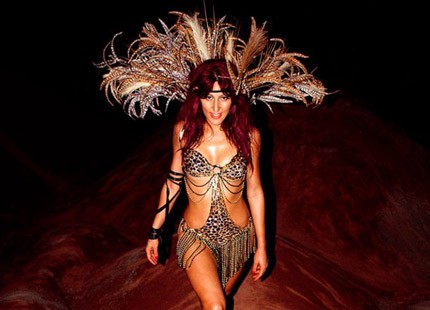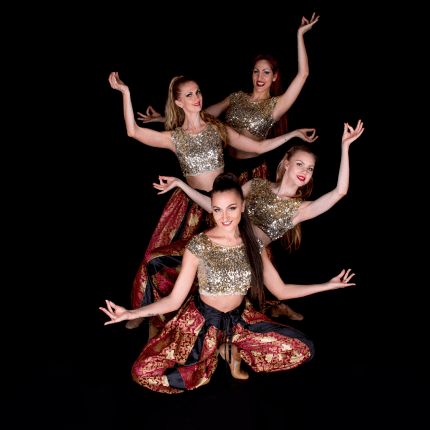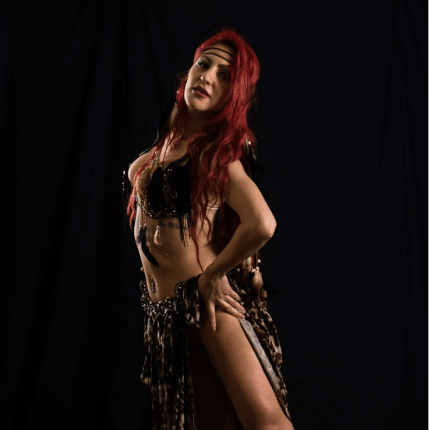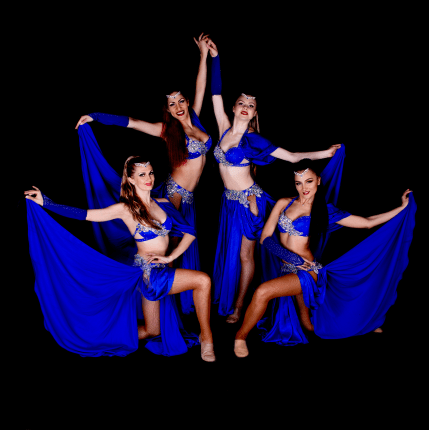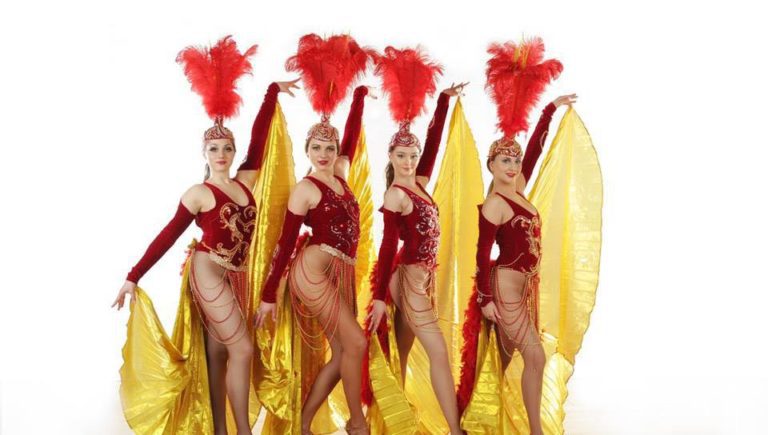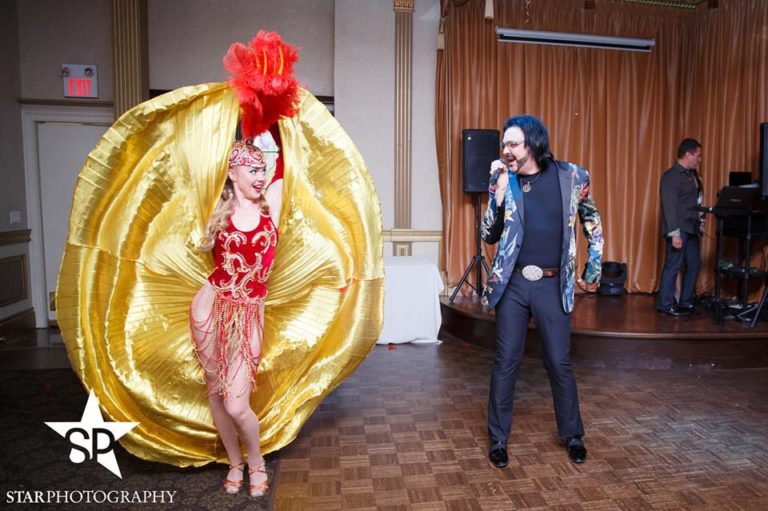It is difficult to pinpoint a definitive samba. After all, the dance is about fluidity just like the pelvic isolation that differentiates it among other movements. Both solo and partner samba gyrate to the same rhythms that are either slow or fast percussive beats.
Solo Samba
The traditional solo samba dance is also known as the Samba no pé. It is simple and the steps are spontaneously stirred by the music. There are three steps in every measure that follows a 2/4 count.
The dance begins with your feet together. The knees should be relaxed and must be soft and bouncy all throughout the dance. The first step is to move back to the left foot’s ball, and shifting the weight to said foot. A half-step forward to the right foot’s ball is then taken. Again, the weight is shifted to the stepping foot.
Step the left foot behind the right, landing on the foot’s ball and that foot taking on the weight. Step back on the right foot’s ball ad shifting weight yet again. Repeat the sequence. The arms should swing as naturally as possible in tune with the percussive beat.
The trick is not to “travel” when you make the steps. The knees must be so relaxed for you to achieve that samba bounce. The hips, on the other hand, will simply follow the weight shifts you make. You should also play it by the ear as you keep up with the rhythm and pace of the tempo music.
For this type, women wearing heels dance on the foot’s ball while men dance it on the flat of the foot.
There is a modern variation to the solo samba which is characterized by very bouncy movements with a mix of aerobics. This is known as the Samba Axé. This type is ever changing with some of its moves depending on the song’s lyrics. It usually begins slowly and will progress to a quick tempo.
Partner Samba
This type of samba is what you see in ballroom dances. Like the solo samba, original partner samba dances had many variations and the most popular of which is the Samba gafiera.
This kind of samba is referred to as a mix between tango and waltz. Samba may be generally happy and not intense and dramatic but Samba gafiera is different. It borrows some elements from the tango yet it is a more spontaneous dance. The dancers displayed a more relaxed posture. Its characteristic are borrowed from the Brazilian maxixe, which is a softer and more gentle version of tango.
However, the samba has evolved over time. This saw more interlinked legs, turns, tricks, and other acrobatic movements added to the routine. The Samba gafiera also has a quick beat just like the solo samba. This means that the footwork is fast. The trick in learning the dance is to start slow – one step at a time. After getting the rhythm, you can then pick up the speed.
Partner samba is danced following the waltz pattern comprised of the simple box step. Everything is the same as the waltz – from the body positions, hand placements, and all the way to the space between the partners. The box step is repeated twice or equal to eight beats. Partners step to one side together, bending their knees as they shift the weight on the stepping foot.
This is followed by a half-step of the other foot toward the foot that is bearing the weight. This step is basically a quick tap. The tapping foot is then moved back stepping down firmly then shifting the weight to it. The other foot is brought for a quick tap. Partners step out to the side again with their first foot, and repeating this sequence four times or four side-steps in place.
The hands are dropped without the partners moving apart. They then step to the side with their original foot, each turning their bodies toward the partner as they swing their other foot around so they are able to face apart. By the time they’re on their backs, they turn their heads and direction toward the direction they are moving. A step to the side with the original foot is then taken. The other foot is then crossed with the original foot to complete the turn so the partners face each other again. The whole turn takes four beats to accomplish. The dance resumes to the waltz position including the hand contact as the dance continues.
Another variation of the dance is called Samba Pagode, which traces its roots back to the samba party culture. There are ballroom-style elements incorporated in it yet the movements are very athletic and elaborate. It has many spins, dips, and even lifts but this is dependent upon the capability of the dancers.
Ballroom Samba
This type of samba is quite different from all others already mentioned. Ballroom samba though is very popular in competitions as there are many dancers from all over the world opting for this movement. This type did not originate in Brazil as it is more of a Latin ballroom dancing although the music used is still samba music.

